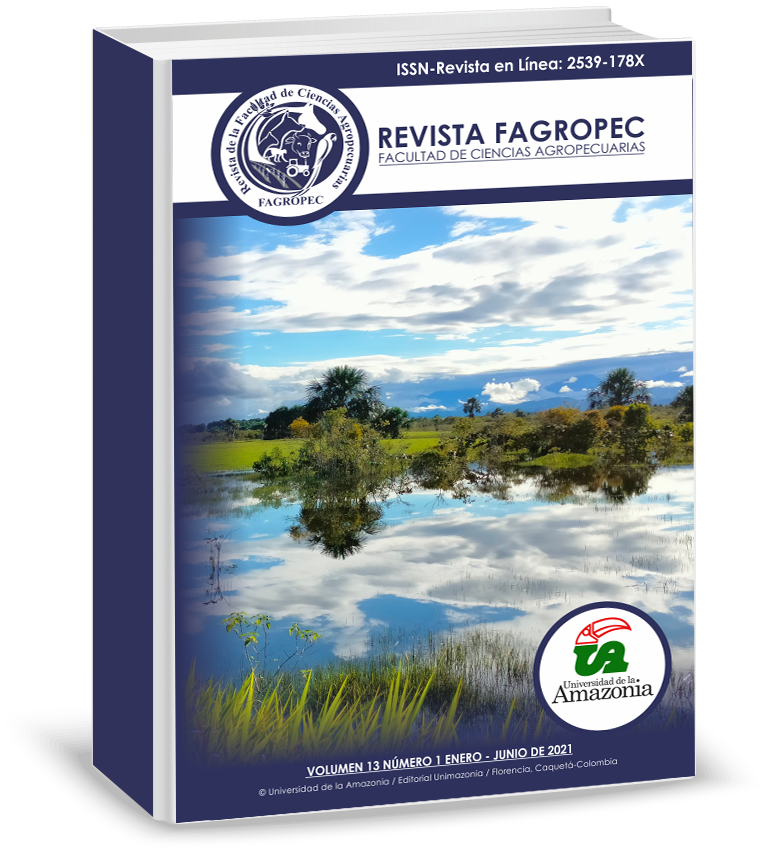Comparison of the bacterial isolation through swabbing and low volume washing in Colombian Creole mares with endometritis
DOI:
https://doi.org/10.47847/fagropec.v13n1a4Keywords:
bacteria, diagnosis, swab, lavage, endometritis, maresAbstract
The bacterial endometritis in mares is one of the main causes of subfertility, generating negative factors in the development of equine reproduction. Generally, due to inadequate reproductive management, the diagnosis and therapy fail, increasing cases of infertility in females. The present study was carried out with 15 Colombian Creole mares which presented such signs of subfertility as abortions, placental retention, repetition of the heat and the vulvar discharge among others. The animals were diagnosed via reproductive clinical testing and a microbiological culture, using the uterine swabbing and low volume lavage techniques. The data were analyzed through the descriptive statistics. Of the total amount of samples analyzed, E. coli was the agent with the highest frequency of individual isolation and in mixed infections. At the same time, according to the 15 samples evaluated for culture by the swab technique, the E. coli was isolated in 33.33% (5/15) of them. Meanwhile the low volume washing technique showed an isolation of 13.33% (2/15). Concerning the analyzed techniques, the swabbing showed greater efficiency in isolating E. coli than the low volume washing.
Downloads
References
Albihn, A.B., Baverud, V., Magnusson, U. (2003). Uterine microbiology and antimicrobial susceptibility in isolated bacteria from mares with fertility problems. Acta Veterinaria Scandinavica, 44, 121–129. doi: 10.1186/1751-0147-44-12
Ball, B. A., Shin, S. J., Patten, V. H , Lein, D. H., Woods, G. L. (1988). Use of a low-volume uterine flush for microbiologic and cytologic examination of the mare's endometrium. Theriogenology, 29, 1269–83. doi.org/10.1016/0093-691X(88)90007-6
Beehan, D. P., Wolfsdort, K., Elam, J., Krekeler, N., Paccamonti, D., Lyle, S. (2015). The evaluation of biofilm-forming potential of Escherichia coli collected from the equine female reproductive tract. J Equine Vet Sci (35), 935-939. doi.org/10.1016/j.jevs.2015.08.018
Benko, T., Boldizar, M., Novotny, F., Hura, V., Valocky, I., Dudrikova, K., Karamanova, M., Petrovic, V. (2015). Incidence of bacterial pathogens in equine uterine swabs, their antibiotic resistance patterns, and selected reproductive indices in English thoroughbred mares during the foal heat cycle. Veterinarni Medicina, 11, 613–620. doi:10.17221/8529-VETMED
Causey, R. C., Miletello T, O´Donell L, Lyle S, Paccamonti D, Anderson K, Eilts B, Morse S, LeBlanc MM. (2008). Pathologic Effects of Clinical Uterine Inflammation on the Equine Endometrial Mucosa. THERIOGENOLOGY, (54), 276-277.
Christoffersen, M., Brandis, L., Samuelsson, J., Bojesen, A.M., Troedsson, M.H., Petersen, M.R. (2015). Diagnostic double-guarded low-volume uterine lavage in mares. Theriogenology, 83, 222-7. doi.org/10.1016/j.theriogenology.2014.09.008
Diel de Amorim, M., Gartely, C., Foster, R., Hill, A., Scholtz. E., Hayes. A., Chenier, T.. (2015). Comparison of clinical signs, endometrial culture, endometrial cytology, uterine low volume lavage, and uterine biopsy, and combinations in the diagnosis of Equine Endometritis. Journal of Equine Veterinary Science, 44, 54-61. doi:10.1016/j.jevs.2015.10.012
Ferris, R. A. (2016). Diagnostic tools for infectious endometritis. Vet Clin North Am Equine Pract, 32(3), 481- 498. doi:10.1016/j.cveq.2016.08.001
Frontoso, R., De Carlo, Pasolini, M. P., Meulen, K., Pagnini., U, Lovane, G., Martino., L. (2008). Retrospective study of bacterial isolates and their antimicrobial susceptibilities in equine uteri during fertility problems. Research in Veterinary Science, 8, 1–6. doi:10.1016/j.rvrsc.2007.02.008
LeBlanc, M. M. y Causey R., C. (2009). Clinical and subclinical endometritis in the mare: Both Threats to Fertility. Reprod Domest Anim, 44(3), 10 - 22 http://www.ncbi.nlm.nih.gov/pubmed/19660076
LeBlanc M. M., Magsig J., Stromberg, A. (2007). Use of a low-volume uterine flush for diagnosing endometritis in chronically infertile mares. Theriogenology, 68(3), 403–12. doi:10.1016/j.theriogenology.2007.04.038
Leblanc, M. M. (2003). Persistent mating induced endometritis in the mares: pathogenesis, diagnosis and treatment. Recent Advances in Equine Reproduction. En B. B., A. (Ed.), Recent Advances in Equine Reproduction. International Veterinary Information Service.
Morales, P. C., Castro, R., A. (2018). Estimación de la integridad uterina en yeguas Pura Raza Chilena y su asociación con edad y número de partos. Rev Inv Vet Perú, 29(2), 565-574. doi:10.15381/rivep.v29i2.14489
Overbeck, W., Witte, T., S., Heuwieser, W. (2011). Comparison of three diagnostic methods to identify subclinical endometritis in mares. Theriogenology, 75, 1311–1318. doi:10.1016/j.theriogenology.2010.12.002
Petersen, M. R., Nielsen, J. M., Lehn-Jensen, H., Bojensen, A. M. (2009). Streptococcus equi subsp. zooepidemicus resides deep in the chronically infected endometrium of mares. Clin Theriogenology, 1, 393–409.
Petersen, M. R., Skive, B., Christoffesen, M., Lu K., Nielsen, J. M,, Troedsson, M.H., Bojesen, A. M. (2015). Activation of persistent Streptococcus equi subspecies zooepidemicus in mares with subclinical endometritis. Vet Microbiol, 179, 119-25. doi:10.1016/j.vetmic.2015.06.006
Scoggin, Ch. (2016). Endometritis, nontraditional therapies. Vet Clin North Am Equine Pract, 32(3): 499-511. doi:10.1016/j.cveq.2016.08.002
Siemieniuch, M. J., Kozdrowski R., Mioduchowska S., Nowak, R. (2019). Evidence for Increased Content of PGF2a, PGE2, and 6-keto-PGF1a in endometrial tissue cultures from heavy draft mares in anestrus with endometritis. Journal of Equine Veterinary Science, 77, 107 - 113. doi:10.1016/j.jevs.2019.02.014Terttu, K. (2016). Evaluation of diagnostic methods in equine endometritis. Reprod Biol, 16, 189-196. doi:10.1016/j.repbio.2016.06.002.
Downloads
Published
Issue
Section
License

This work is licensed under a Creative Commons Attribution-NonCommercial-ShareAlike 4.0 International License.
























